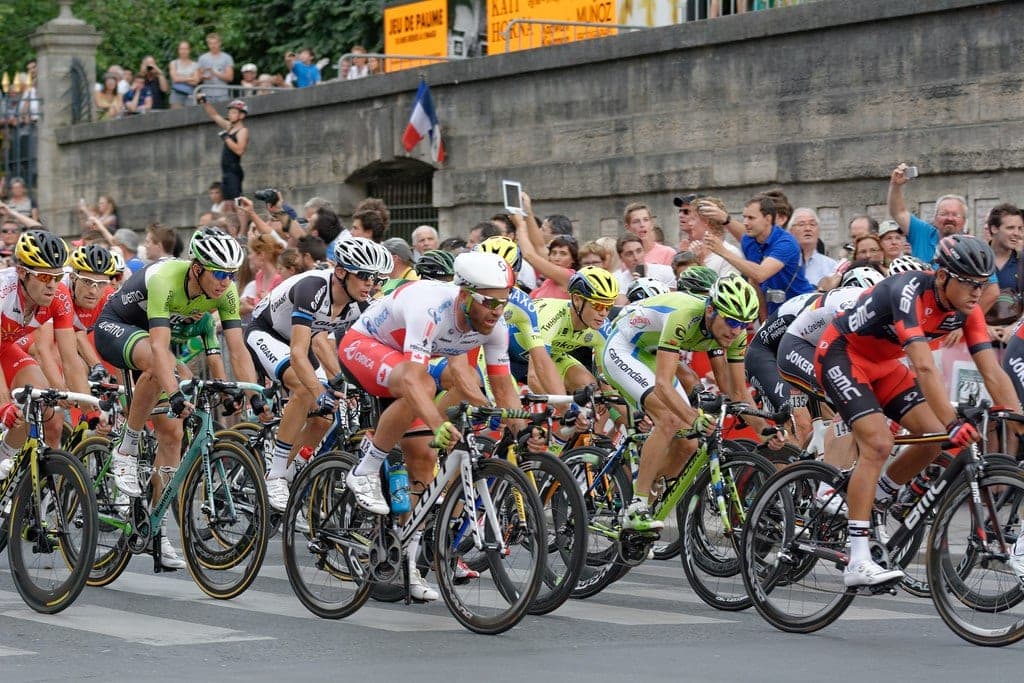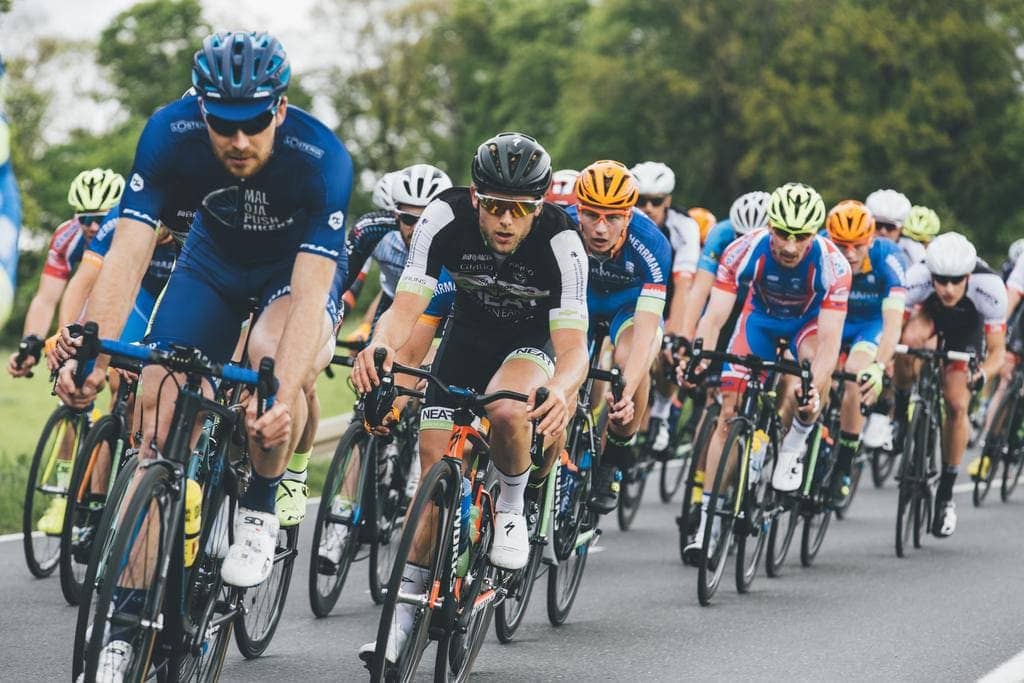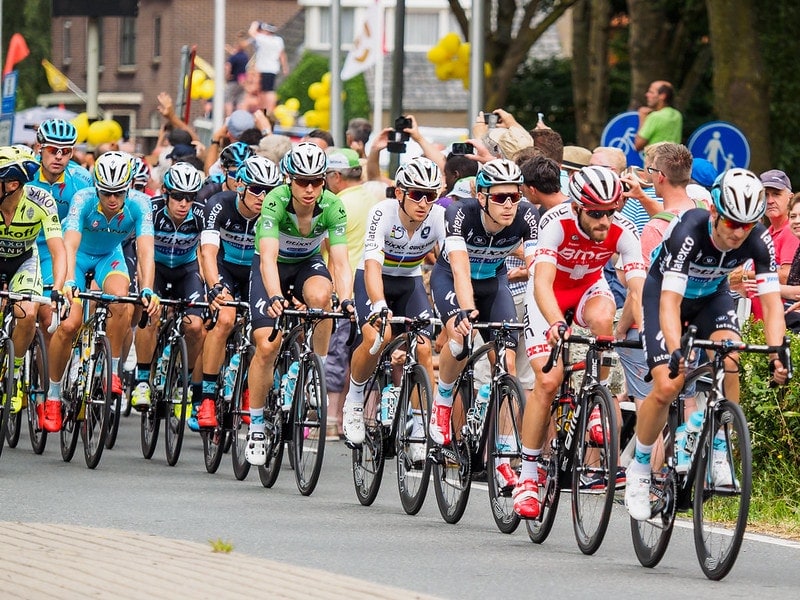Giant Road Bikes Guide : Which Model is For You?
Did you know that Giant is the largest bike manufacturer in the world today?
Although they are based out of Taiwan, they also have factories in China and the Netherlands as well as thousands of retail stores all over the world.
Giant started life back in 1972 and Schwinn was their major customer. Back in the day, Giant manufactured the majority of Schwinn’s bikes. It wasn’t until 1987 when their relationship ended that Giant decided to manufacture bikes under its own brand name.
They were pioneers in some of the technologies we take for granted today. Among others are the introduction of a stronger and lighter aluminum frame when the industry standard was steel. They were also instrumental in making carbon bikes cheaper and accessible to most cyclists in the early 2000’s.
Today Giant’s is well known for producing value for money bikes. Their bikes are priced very competitively against their competitors and are widely used in professional cycling.
Giant Road Bikes in Pro Racing
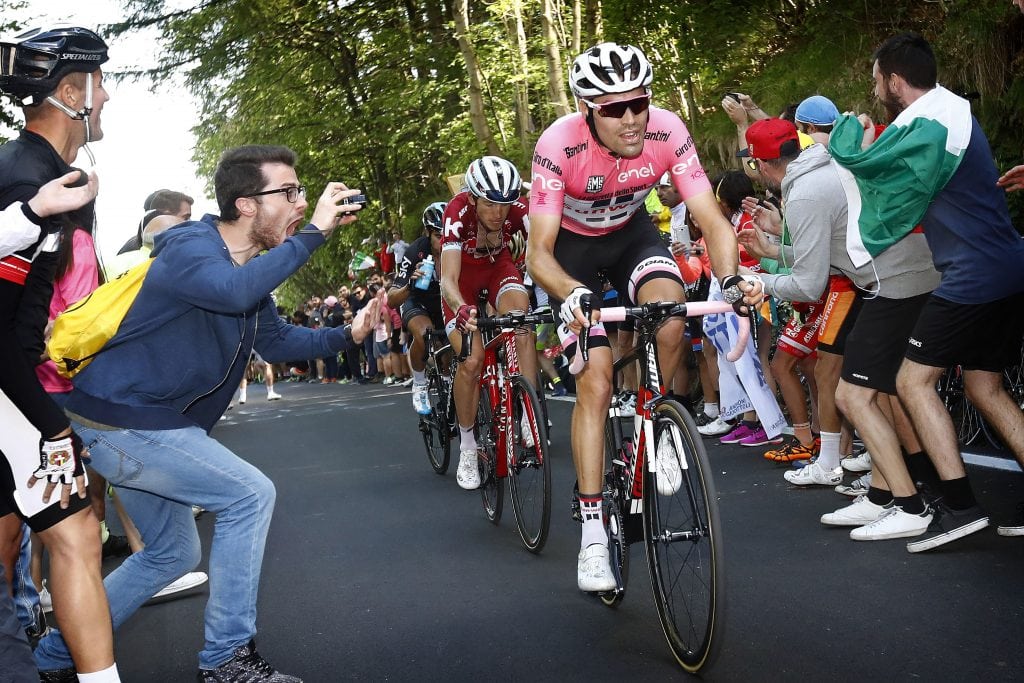
In recent years, the World Tour teams such as Team Sunweb (formerly Giant-Shimano) and CCC Team raced on Giant bikes. However, there are no teams on Giant bikes in 2021 as CCC Team has disbanded due to financial problems.
Tom Dumoulin rode to his Giro d’Italia victory in 2017 on board a Giant TCR Addvanced SL. This was then followed by Warren Barguil winning the polka dot jersey at the Tour de France the same year.
Giant Road Bikes Line Up
Giant’s road bikes are very streamlined and are divided into three models; the Propel, TCR, and Defy.
Within each model, there’s the top-of-the-line Advanced SL, followed by mid-range Advanced Pro, and lastly, the Advanced carbon frames.
Here are some salient differences between each frame.
- Advanced SL frames are built using Giant’s highest grade carbon and have an integrated seat post. The top of of the line groupsets (SRAM Red eTap AXS and Shimano Dura Ace Di2) are only available in the Advanced SL models.
- Advanced Pro and Advanced frames have a lower grade carbon than the SL and have a non-integrated seat post.
| Model | Description | Price Range |
|---|---|---|
| Propel | Aero race bike | $4,700 to $12,200 |
| TCR | All-rounder race bike | $2,600 to $11,300 |
| Defy | Endurance bike | $4,300 to $6,000 |
Giant Propel
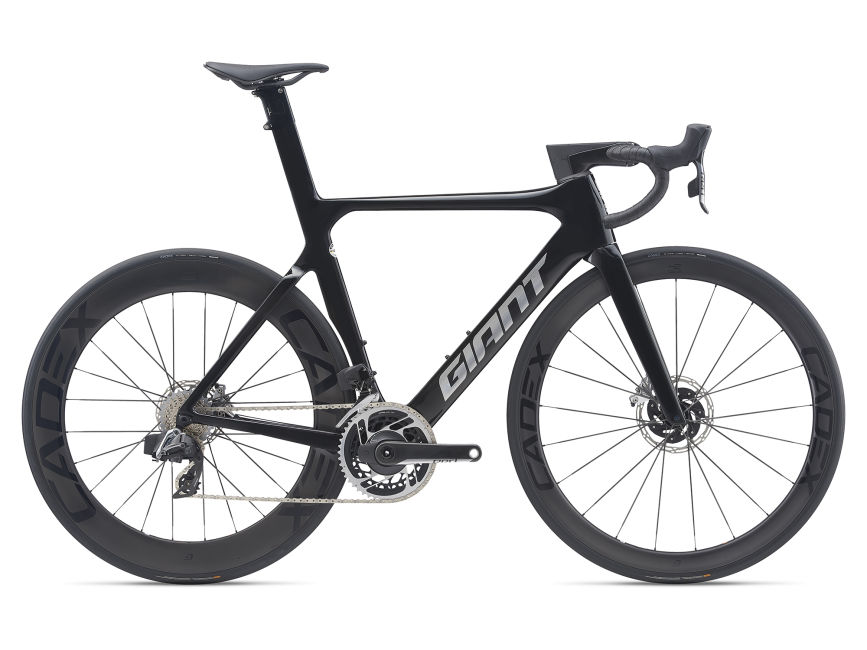
The Propel is Giant’s aero road bike designed for speed.
At first glance, it’s obvious that this bike is fast and stiff with its slim frontal end and deep-dish wheels. All Propel models are disc only and have hidden cables for a very clean aero profile.
The Advanced SL is the lightest among them with an integrated seat post. The Advanced Pro is one step down and heavier due to the different carbon fiber used and non-integrated seat post. Both Advanced SL and Advanced Pro are electronic shifting only.
The budget model, Advanced SL is specced with Shimano Ultegra R8000 mechanical groupset.
- Propel Advanced SL ($12,200) – SRAM Red eTap AXS
- Propel Advanced Pro ($6,100 / $7,000) – Shimano Ultegra Di2 / SRAM Force eTap AXS
- Propel Advanced ($4,700) – Shimano Ultegra R8000
Our Value Pick : Giant Propel Advanced Pro with Shimano Ultegra Di2 ($6,100)
Giant TCR
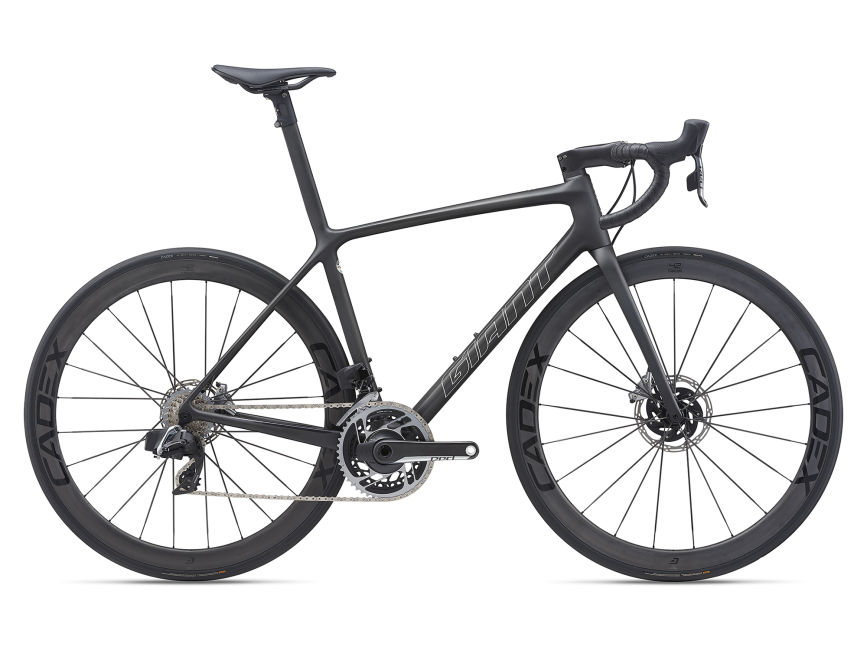
The TCR is Giant’s all-rounder bike.
Unlike the Propel, the TCR is designed to be lightweight and be able to climb and descend equally well. It would suit most cyclists at it’s very versatile and can handle various terrains well (although not as fast as a Propel on the flats).
The top-tiered TCR Advanced SL has an integrated seat post and is specced with either SRAM Red or Force eTap AXS. The Advanced Pro sits in the mid-range, is slightly heavier, and comes in either an electronic or mechanical version of Shimano Ultegra. Rounding this up at the bottom tier is the TCR Advanced with either a mechanical Shimano Ultegra or 105 groupsets.
The Advanced Pro and Advanced use the same carbon fiber and the difference in pricing is due to the groupset and wheelsets used to complete the build.
For those who are looking to custom-build their bikes, the TCR Advanced framesets are available in both the Advanced SL and Advanced Pro versions.
- TCR Advanced SL ($8,600 / $11,300) – SRAM Force / Red eTAP AXS
- TCR Advanced Pro 0 ($4,700 / $5,800) – Shimano Ultegra R8000 / Ultegra Di2
- TCR Advanced ($2,600 to $3,500) – Shimano 105 R7000 / Ultegra R8000
Our Value Pick : TCR Advanced with Shimano Ultegra R8000 ($3,500)
Giant Defy
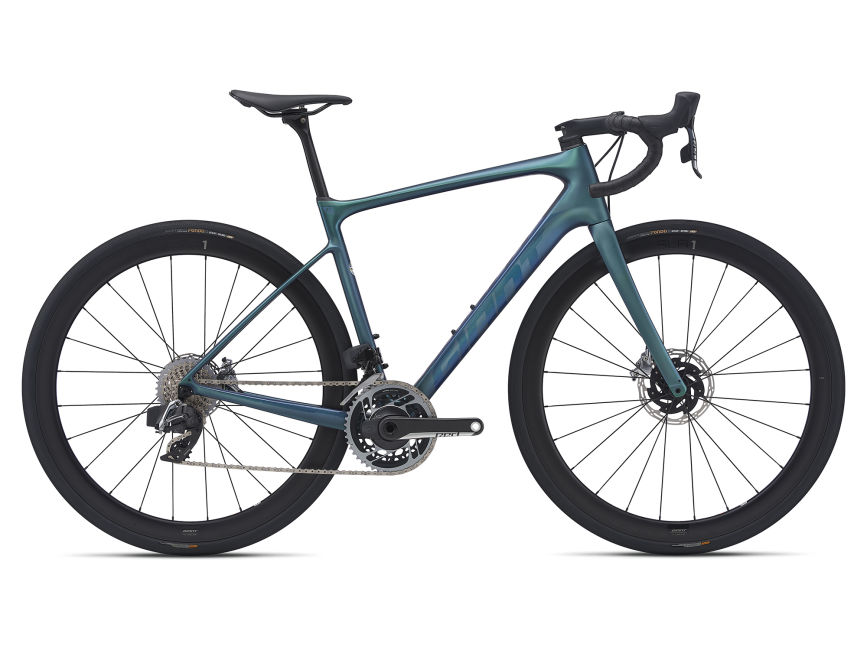
The Defy is an endurance bike.
Unlike the Propel and TCR Advanced, the Defy is designed for you to go longer distances and be comfortable. To achieve this, the Defy has a more relaxed geometry with a shorter reach and higher stack compared to a similar size TCR Advanced. The frame can take up to 700x35c tires.
- Defy Advanced Pro ($4,300 to $6,000) – Shimano Ultegra / Ultegra Di2
Our Value Pick : Giant Deft Advanced Pro with Shimano Ultegra ($4,300)
Frequently Asked Questions
How long is Giant’s warranty?
Giant bikes come with a lifetime warranty on the frame and fork for the original purchaser.
What is Giant Overdrive?
The Overdrive is Giant’s fork steerer-tube technology. Now in its second iteration, the oversized headset bearings (1 ¼” top and 1 ½” bottom) provide 30% more torsional steering stiffness compared to a standard 1 ⅛” headset bearing. This also means that the standard stems with a 1 ⅛” steerer diameter will not fit onto a Giant bike.
Does Giant have a women-specific bike range?
Giant’s women-specific bikes are branded Liv. They have a complete range of bikes from road to gravel, triathlon, city, and electric bikes.
Author Recommended Reads

